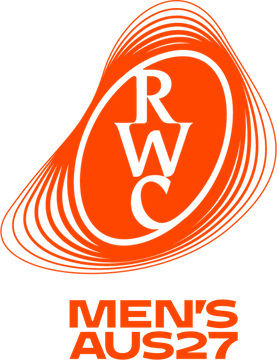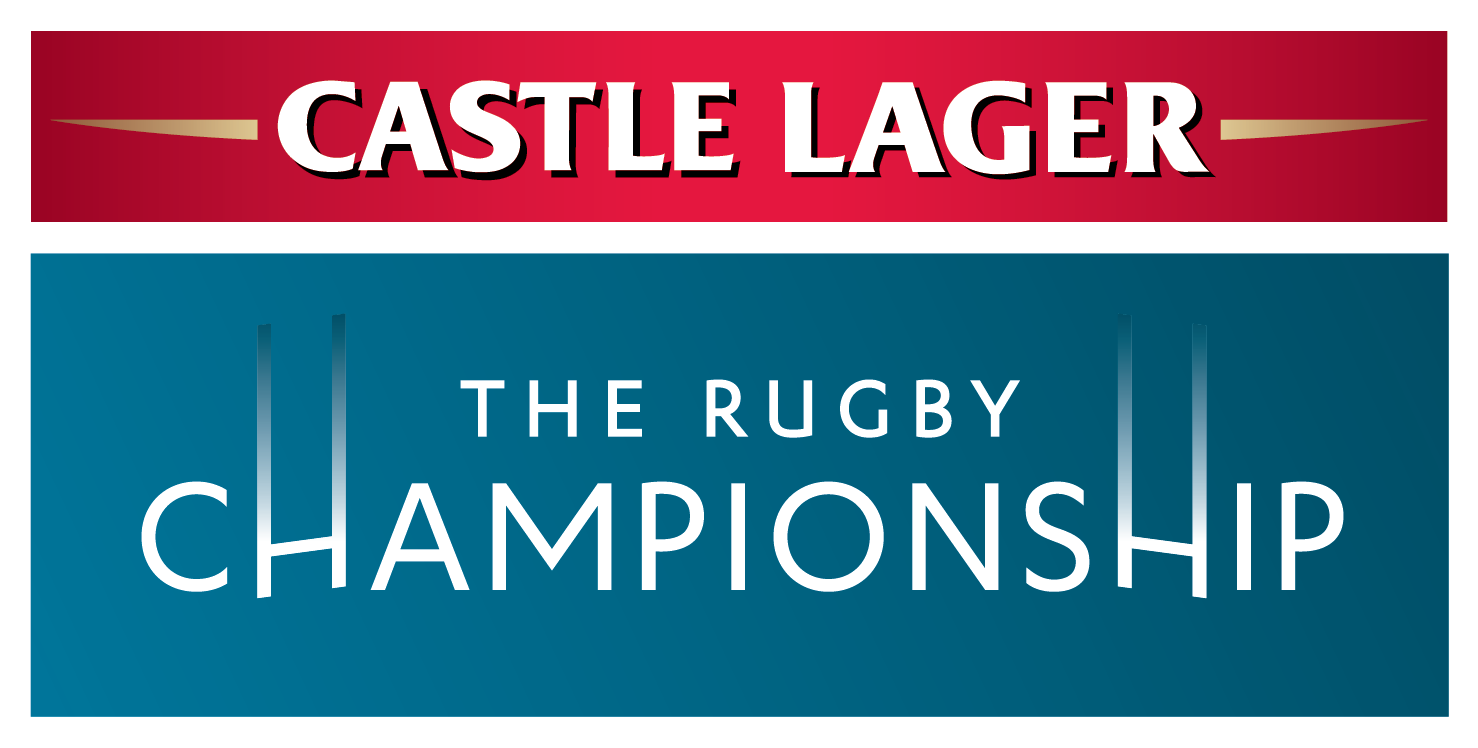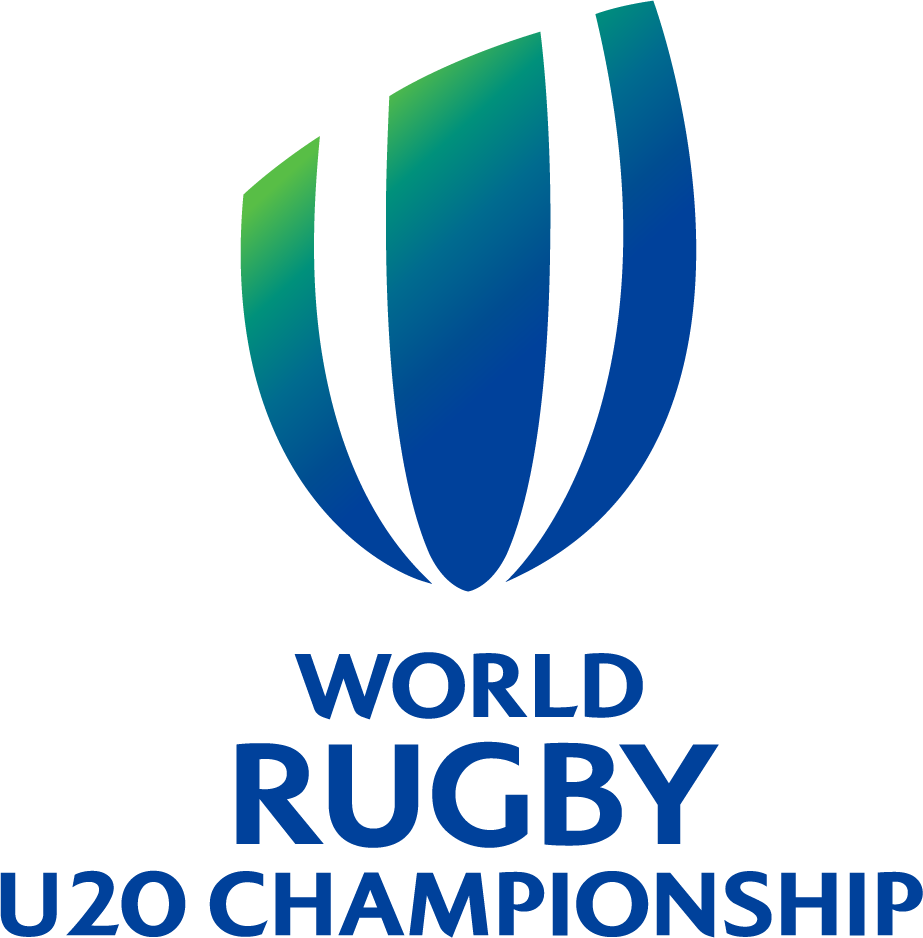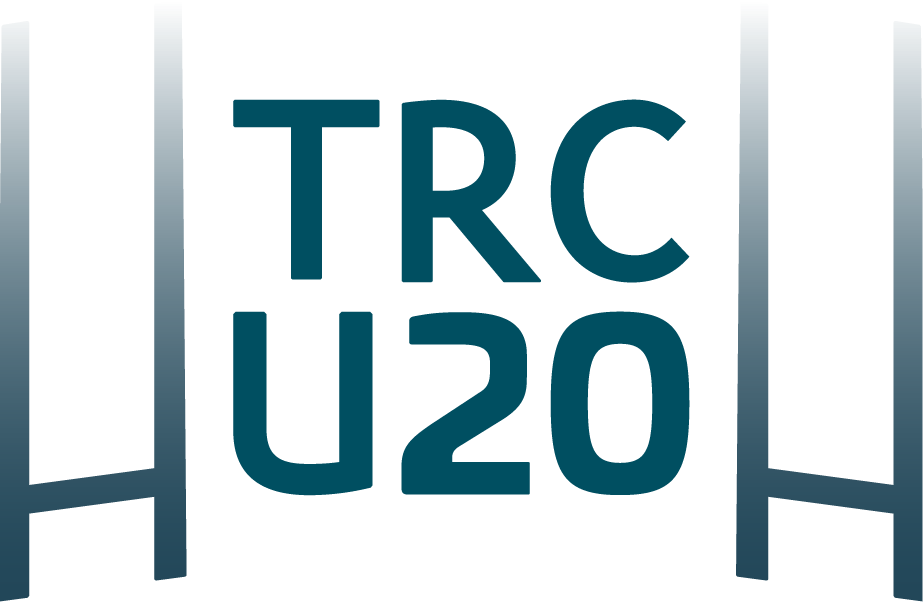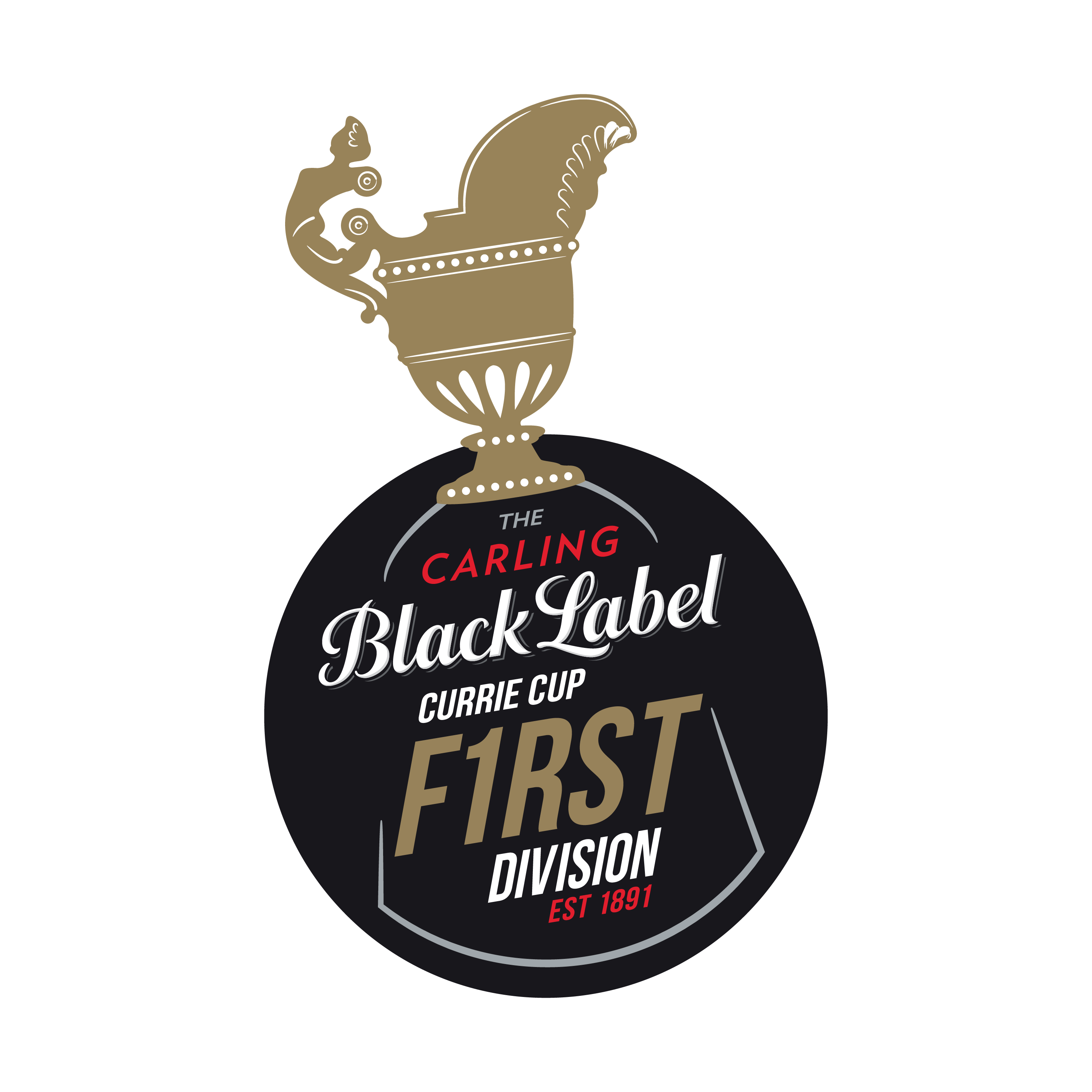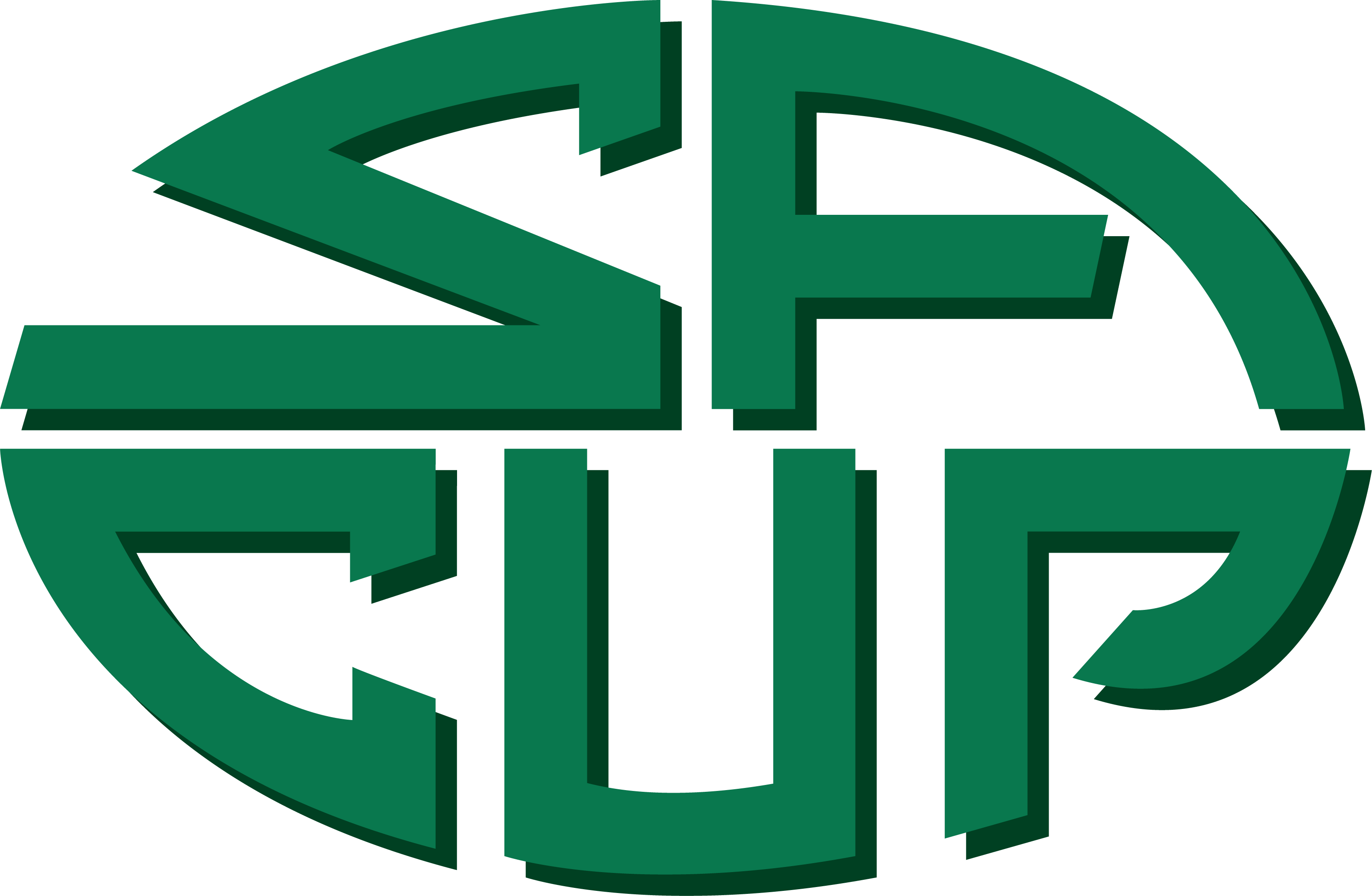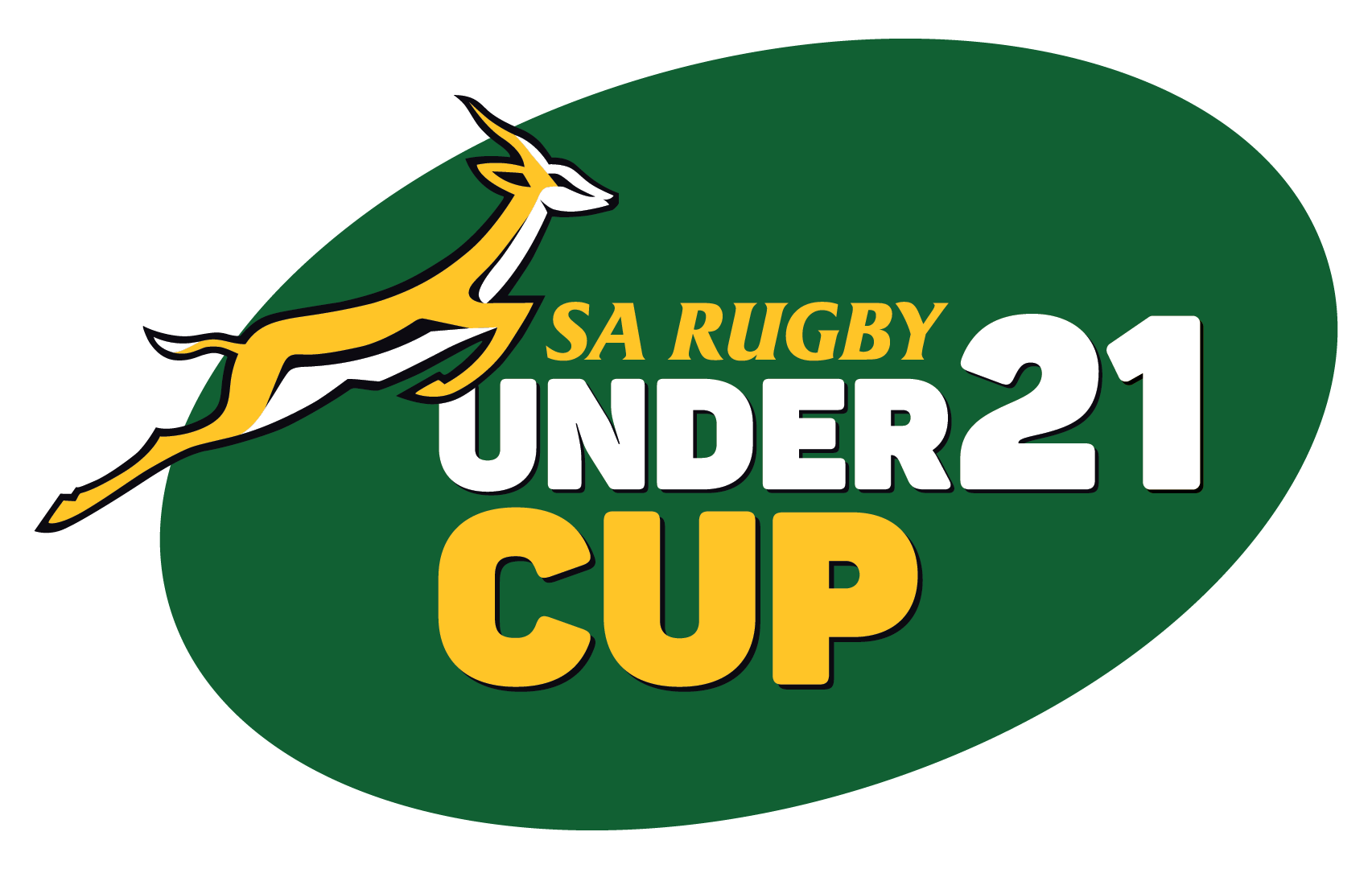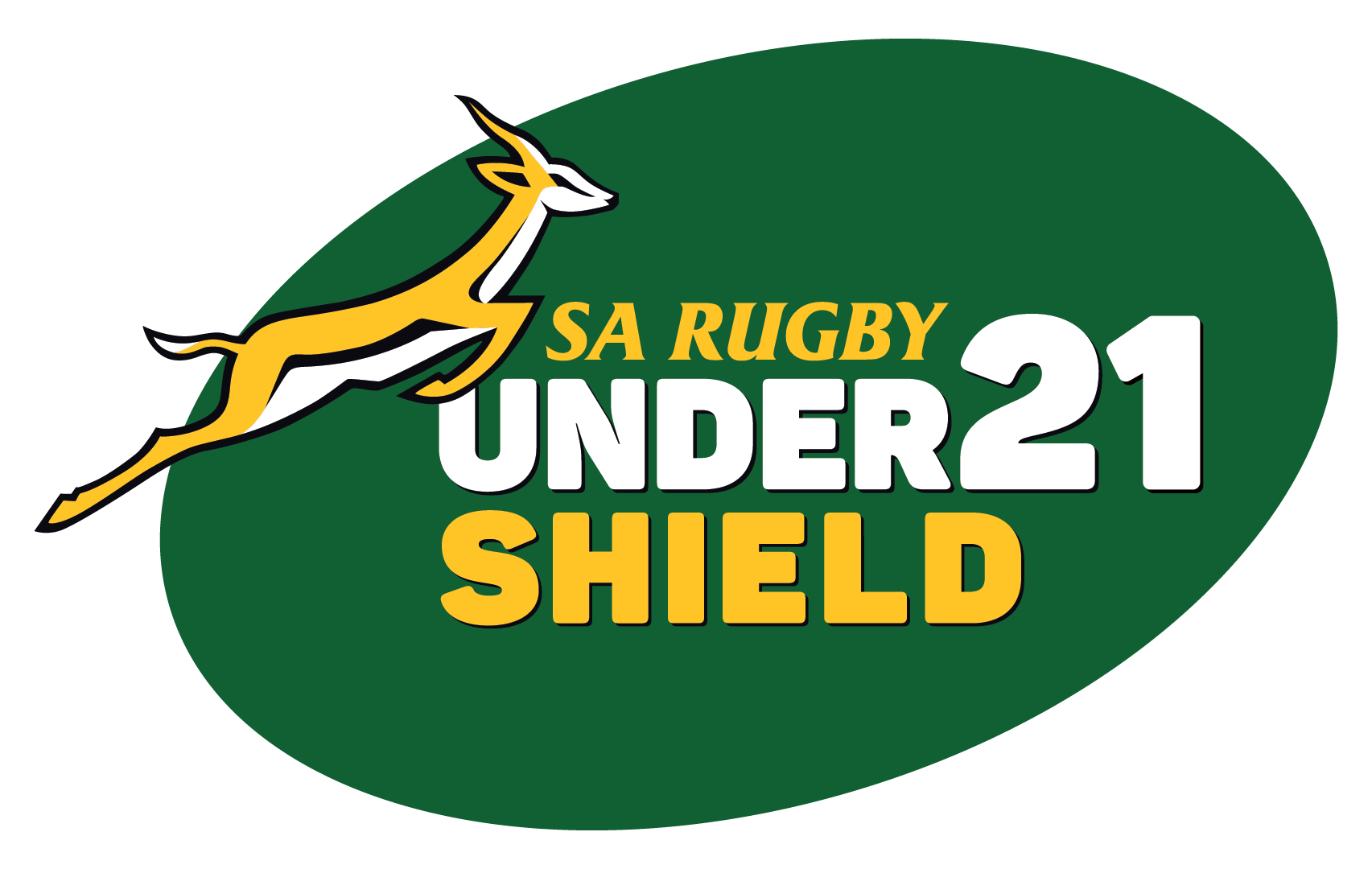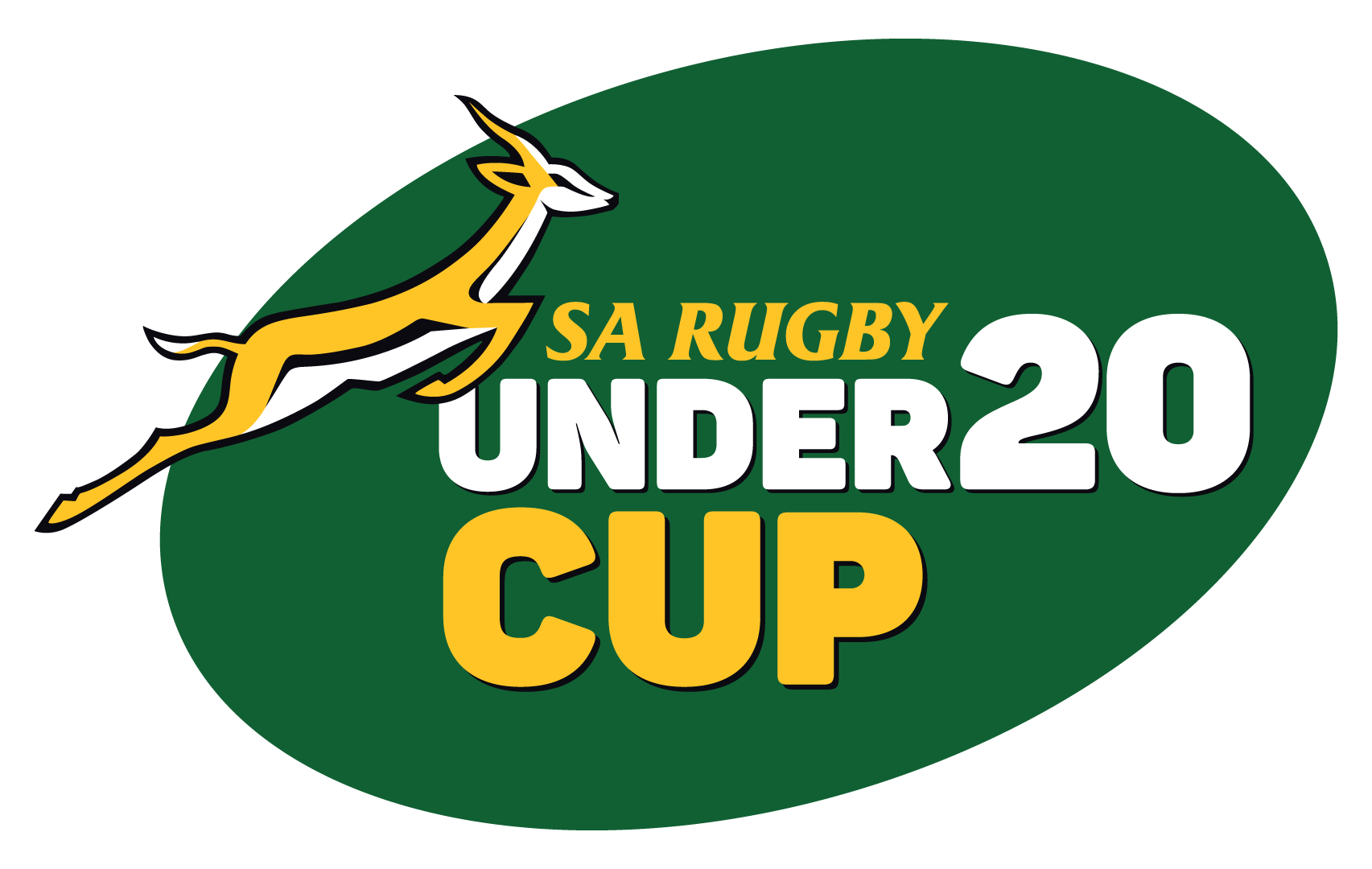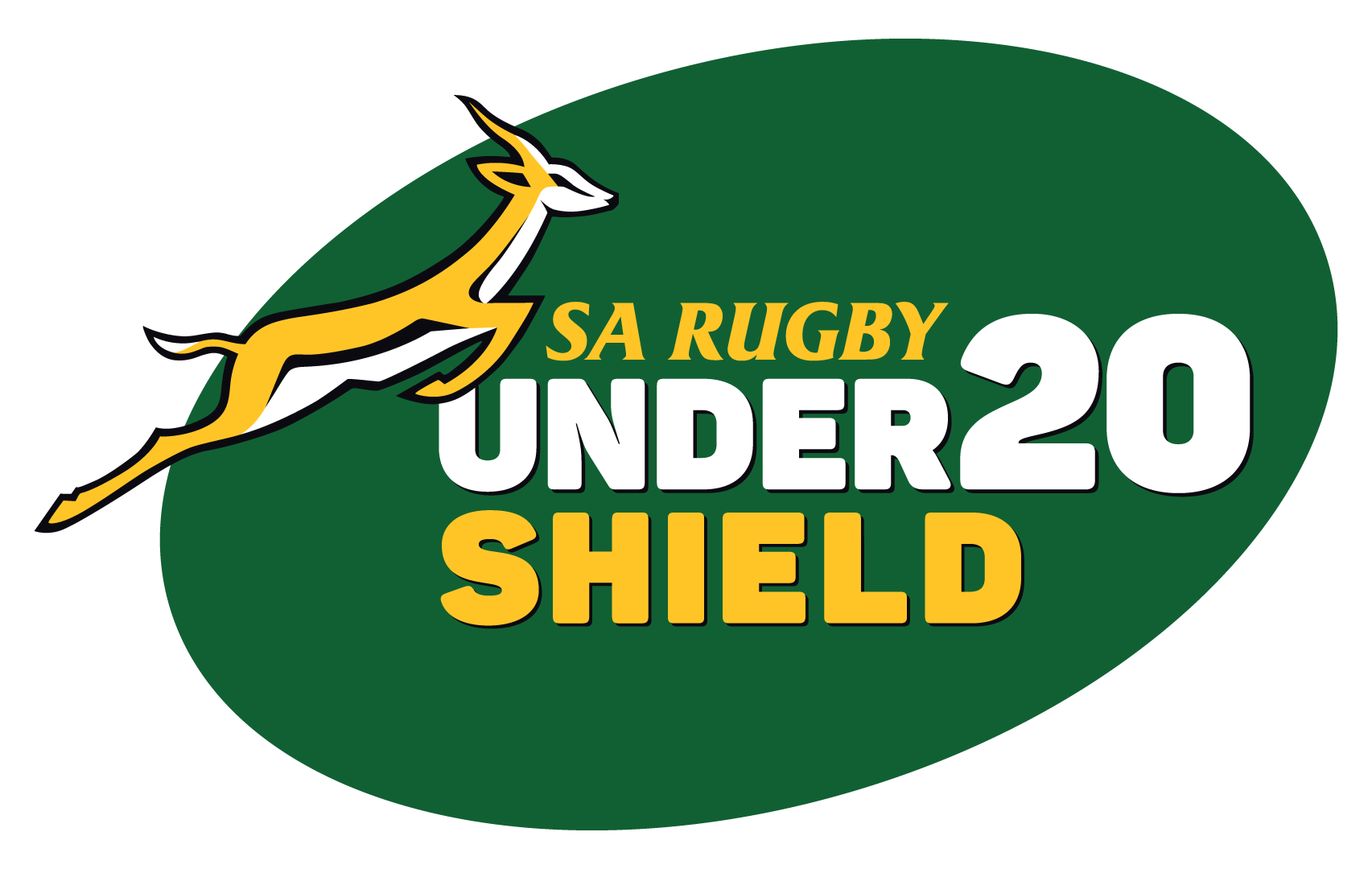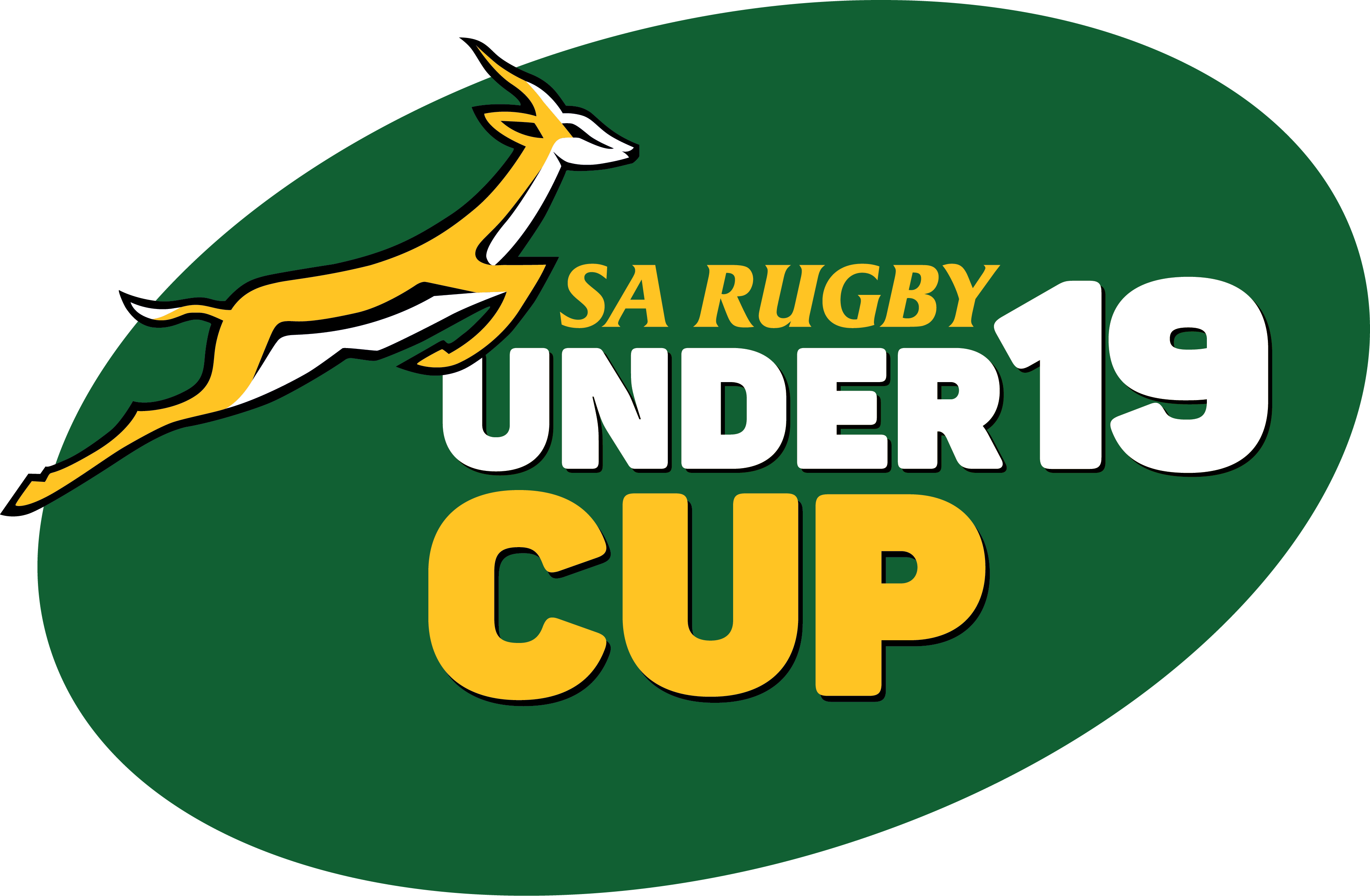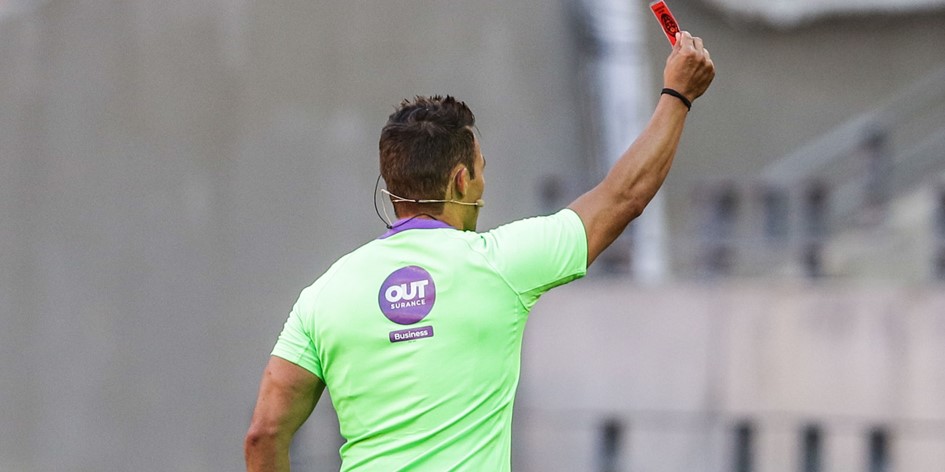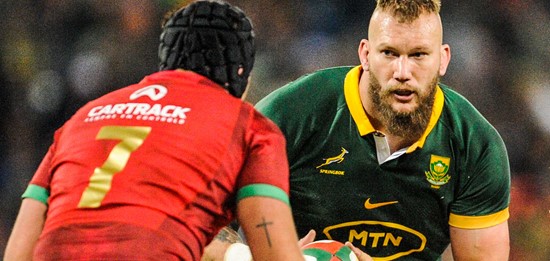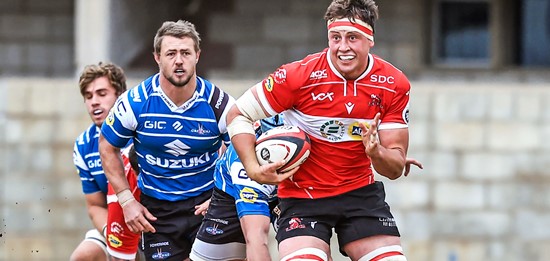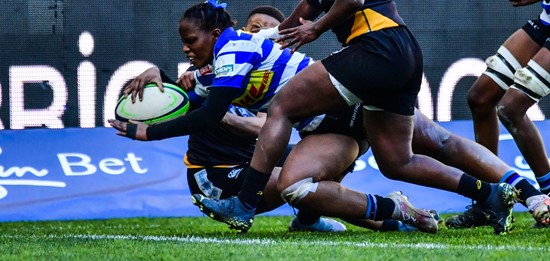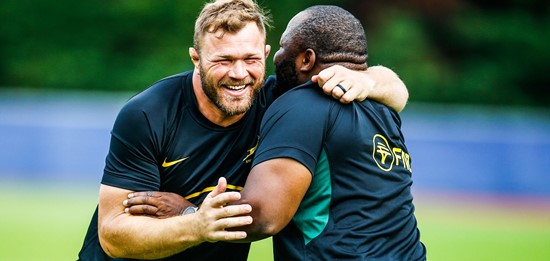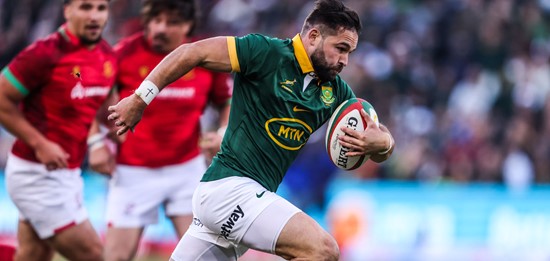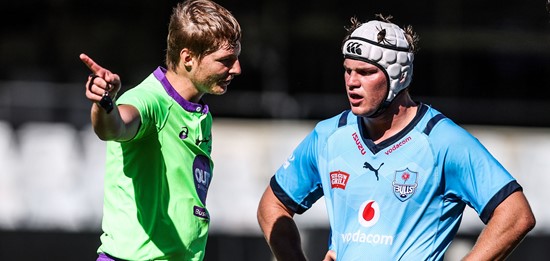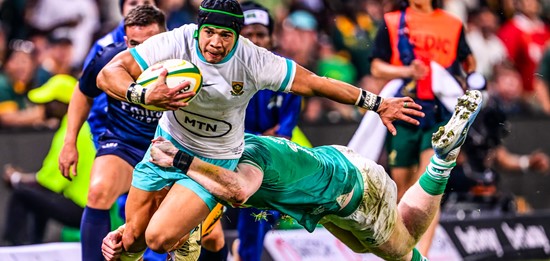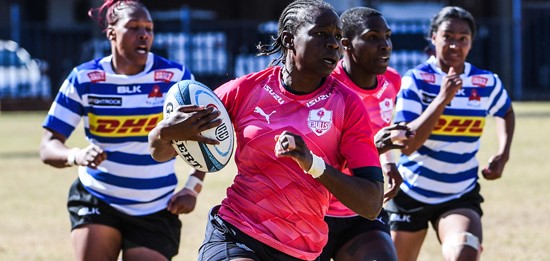Commenting on the law variations SANZAAR CEO Brendan Morris said: "The Rugby Championship is the flagship of the sport in the southern hemisphere and annually we see the best players in the world battle it out for the title. We believe this year's championship, that has been keenly anticipated by the players and rugby fans, will again exhibit the best of what the game has to offer with exciting, tough action on the field, enhanced by the evolution in the Laws of the Game.
"SANZAAR on behalf of its member unions continues to explore ways to make The Rugby Championship and rugby in general even more attractive to fans. In 2024 The Rugby Championship is back to its full format with 12 Test matches played across Argentina, Australia, New Zealand and South Africa.
"The Rugby Championship kicks-off on Saturday 10 August when Australia hosts the reigning world champions South Africa in Brisbane, and New Zealand hosts Argentina in Wellington.
"New Zealand, currently ranked third in the world will be keen to defend their Rugby Championship title but South Africa - the number one ranked team in the world - will be keen to add the TRC title to its Rugby World Cup success last year. Argentina and Australia will endeavour to spoil the party and will also prove capable opponents, and all the action can be viewed via SANZAAR's rights holding broadcasters around the world."
2024 LAW VARIATIONS: THE RUGBY CHAMPIONSHIP
1) RED CARD
In the event foul play is determined to be deliberate and with a high level of danger it will result in a full red card for the offending player who will not return to the field nor be able to be replaced.
All other Red Cards that do not meet the above threshold will be 20 min Red Cards in which the offending player will be removed from the match but will be entitled to be replaced by another player after 20 minutes. The offending team will then be able to replace the red carded player with one of their available replacements.
Rationale: the individual, not the game, punished for red card offences.
2) COUNTDOWN CLOCK FOR SCRUM, LINEOUTS AND KICKS AT GOAL
a) Conversion & Penalty: A player will have 60 seconds to kick at goal [conversion] from when a try is scored; or 60 seconds to kick at goal [penalty] from time referee is informed of kick at goal option. If a player exceeds this time limit the conversion kick shall not count/be kicked – play restarts at the centre mark; for a Penalty a scrum is awarded to the non-kicking team at the place of the penalty.
b) Scrum: A scrum must be set 30 seconds from when the mark for scrum is made by the referee. A Free Kick shall be awarded at place of scrum against the team causing the delay.
c) Lineout: A lineout must be formed 30 seconds from the AR signalling the place of the lineout. A free kick shall be awarded on 15-metre line against team causing the delay.
Rationale: Speed up ball returning to play after a score, kick for touch or scrum.
3) PROTECTION OF THE NINE AT THE BASE OF THE SCRUM, RUCK AND AT THE MAUL
Ruck: A player who was part of the ruck may not play an opponent who is near it, and who is attempting to play the ball away. ‘Near’ is defined in Law as being “within one metre”. Sanction: Penalty
Maul: A player who is part of the maul may not play an opponent near it, and who is attempting to play the ball away. Sanction: Penalty
Scrum: Once play in the scrum begins, the scrum-half of the team not in possession must take up a position with both feet no further than the centre line of the tunnel; or permanently retires to a point on the offside line either at that team’s hindmost foot, or permanently retires at least five metres behind the hindmost foot. Sanction: Penalty.
Rationale – all three measures allow the scrum half, or player in that role, to play the ball away cleanly from the phase of play without disruption.
4) PLAY ON FOR A LINEOUT NOT STRAIGHT IF THE THROW IN IS UNCONTESTED
Law dictates that the ball must be thrown straight into the lineout.
However, if the defending team are not lifted to compete for the ball, then play shall continue in the instance a throw may appear not straight.
If the defending team lift a teammate to compete for the ball and a throw is not deemed not straight by referee then they shall be offered the option of a lineout or scrum. If the lineout is chosen and the ball is again not thrown straight, a scrum is awarded to the team that originally threw in the ball.
Rationale: Doesn’t force a stop in play where no material offence has taken place.







